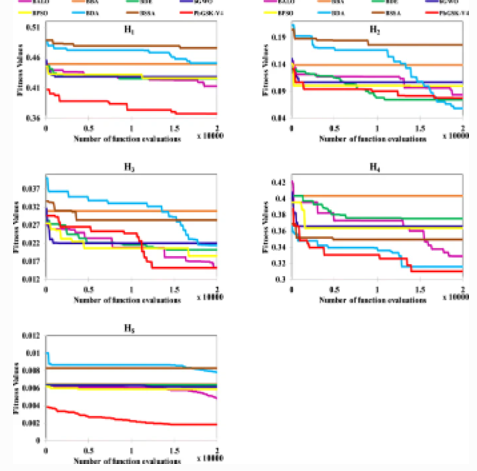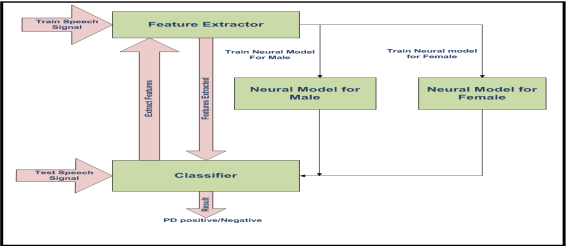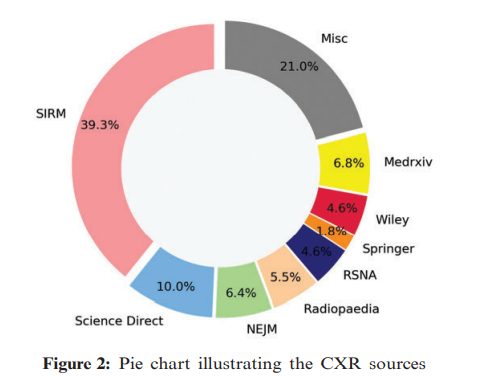
On optimal policies in full-duplex wireless powered communication networks
The optimal resource allocation scheme in a full-duplex Wireless Powered Communication Network (WPCN) composed of one Access Point (AP) and two wireless devices is analyzed and derived. AP operates in a full-duplex mode and is able to broadcast wireless energy signals in downlink and receive information data in uplink simultaneously. On the other hand, each wireless device is assumed to be equipped with Radio-Frequency (RF) energy harvesting circuitry which gathers the energy sent by AP and stores it in a finite capacity battery. The harvested energy is then used for performing uplink data transmission tasks. In the literature, the main focus so far has been on slot-oriented optimization. In this context, all the harvested RF energy in a given slot is also consumed in the same slot. However, this approach leads to sub-optimal solutions because it does not take into account the Channel State Information (CSI) variations over future slots. Differently from most of the prior works, in this paper we focus on the long-term weighted throughput maximization problem. This approach significantly increases the complexity of the optimization problem since it requires to consider both CSI variations over future slots and the evolution of the batteries when deciding the optimal resource allocation. We formulate the problem using the Markov Decision Process (MDP) theory and show how to solve it. Our numerical results emphasize the superiority of our proposed full-duplex WPCN compared to the half-duplex WPCN and reveal interesting insights about the effects of perfect as well as imperfect self-interference cancellation techniques on the network performance. © 2016 IEEE.



